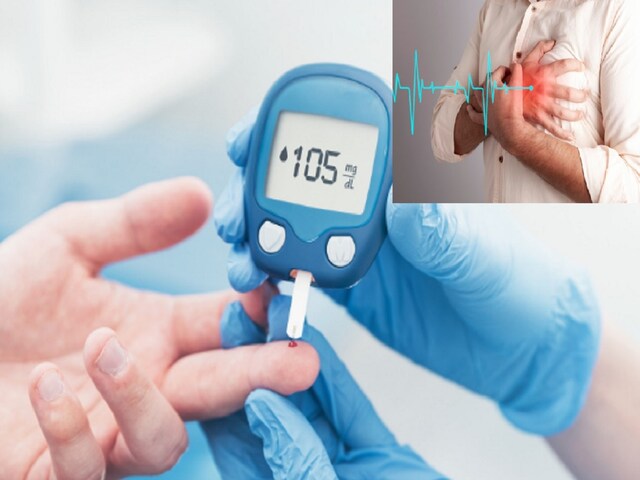Patients: Navratri is a special time for spiritual devotion and celebration in India. Many people choose to fast during these nine days to connect with faith and tradition. However, for those who have diabetes or heart problems, fasting can bring health risks if not done carefully.
Fasting does not mean harming your body. It means choosing the right way to eat, rest, and worship. If you or your loved ones are suffering from diabetes or heart conditions, here are the most common mistakes to avoid during Navratri fast – along with simple tips to stay safe and healthy.
Common Mistakes Diabetes & Heart Patients Should Avoid During Navratri Fast
1. Skipping Meals Completely
Many people think fasting means not eating anything at all. For diabetes and heart patients, this is dangerous. Long gaps between meals can cause low blood sugar (hypoglycemia) or sudden blood pressure changes.
What to do:
Eat small meals every 2–3 hours. Choose light but healthy food like fruits, nuts, or milk-based items.
2. Eating Too Many Fried and Starchy Foods
During fast, people often eat sabudana (tapioca), potatoes, kuttu (buckwheat) pakoras, and fried snacks. These are heavy in carbs and fats, which can spike blood sugar levels and raise cholesterol.
What to do:
Limit fried items. Go for baked or boiled foods. Replace sabudana with fruits, roasted makhana, or low-fat paneer.
3. Ignoring Water Intake
Fasting people often forget to drink enough water, especially during busy days. Dehydration can lead to low blood pressure, fatigue, and kidney issues, especially in heart patients.
What to do:
Drink at least 8–10 glasses of water throughout the day. Include coconut water, lemon water (without sugar), or buttermilk.
4. Not Monitoring Blood Sugar or BP
Skipping regular sugar or blood pressure checks is risky. Fasting can cause unexpected sugar drops or spikes and unstable BP levels.
What to do:
Check your sugar and BP levels twice a day, or as advised by your doctor. Keep a glucose tablet or sweet fruit in case of emergency.
5. Overeating After Long Gaps
Some people eat large amounts of food after fasting for hours. This leads to sudden sugar spikes, indigestion, and increased heart load.
What to do:
Eat slowly and in small portions. Start with light food like fruits or milk before a full meal.
Healthy Eating Options During Navratri for Diabetes & Heart Patients
| Food Item | Why It’s Good |
| Boiled sweet potato | Better than fried; rich in fiber |
| Low-fat paneer | High in protein, keeps you full |
| Roasted makhana | Light and heart-healthy |
| Fruits like apple, guava | Natural sugar and fiber |
| Buttermilk | Helps digestion and keeps BP stable |
| Coconut water | Natural energy drink |
| Kuttu or Singhara roti | Complex carbs, better than deep-fried snacks |
Doctor’s Tips for Safe Navratri Fasting
- Consult your doctor before starting any fast. They may adjust your medicines.
- Avoid fasting if your sugar or BP is already unstable.
- Do not stop taking your medicines during the fast.
- Watch for signs of dizziness, sweating, confusion, or tiredness – they could mean low sugar or BP.
- Keep an emergency food item like a banana or glucose tablet handy.
- Rest well, avoid overexertion or long hours of puja or travel.
When You Should Break the Fast Immediately
- Blood sugar falls below 70 mg/dL
- You feel faint or extremely weak
- High BP or chest pain
- Excessive sweating or fast heartbeat
- Severe headache or blurred vision
Health is more important than rules. Breaking the fast to save your health is okay.
Final Words
Navratri is a time for inner peace, not physical stress. If you have diabetes or a heart condition, you can still fast, but with proper planning and care. Avoid common mistakes, choose healthy food options, and stay in touch with your doctor.

